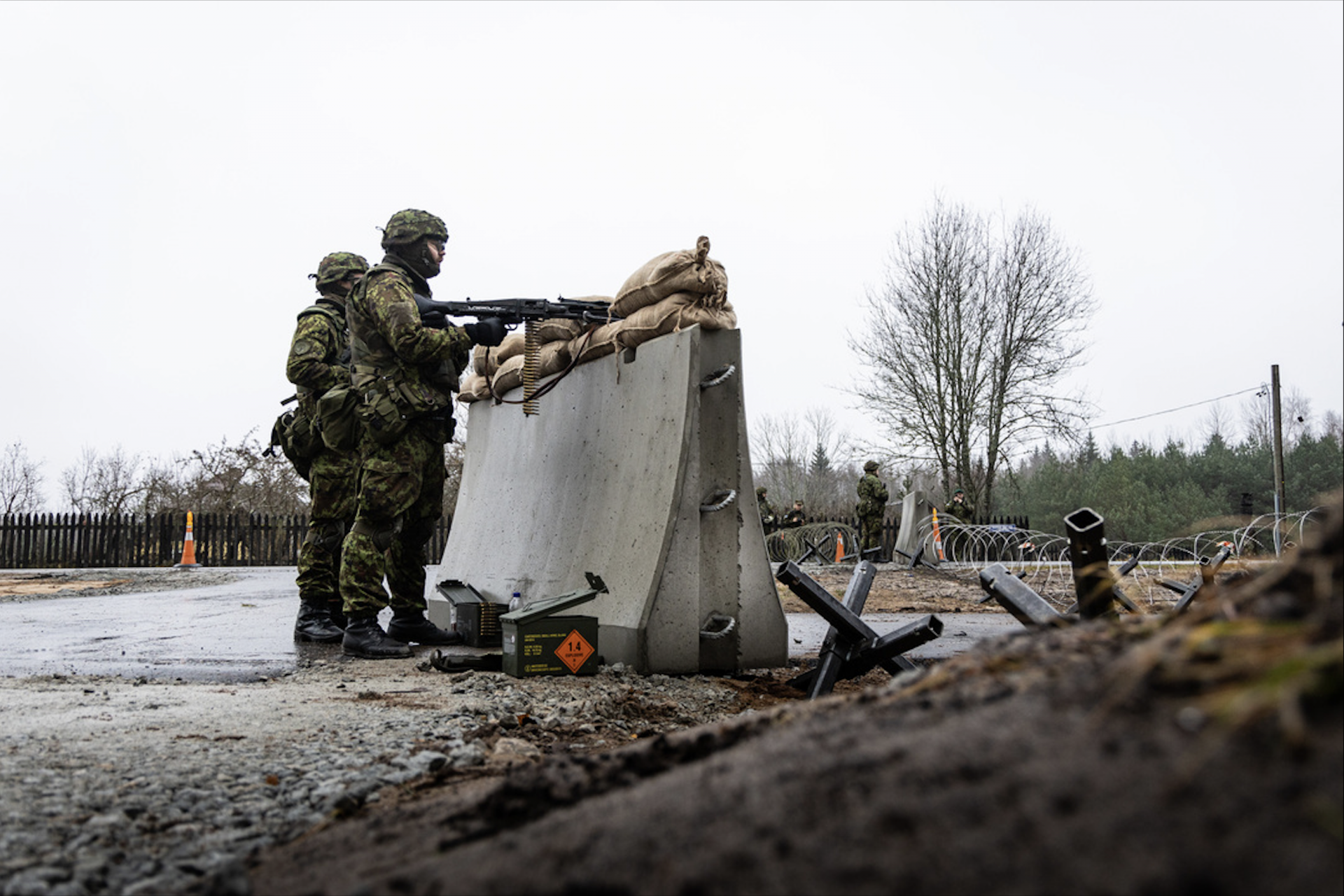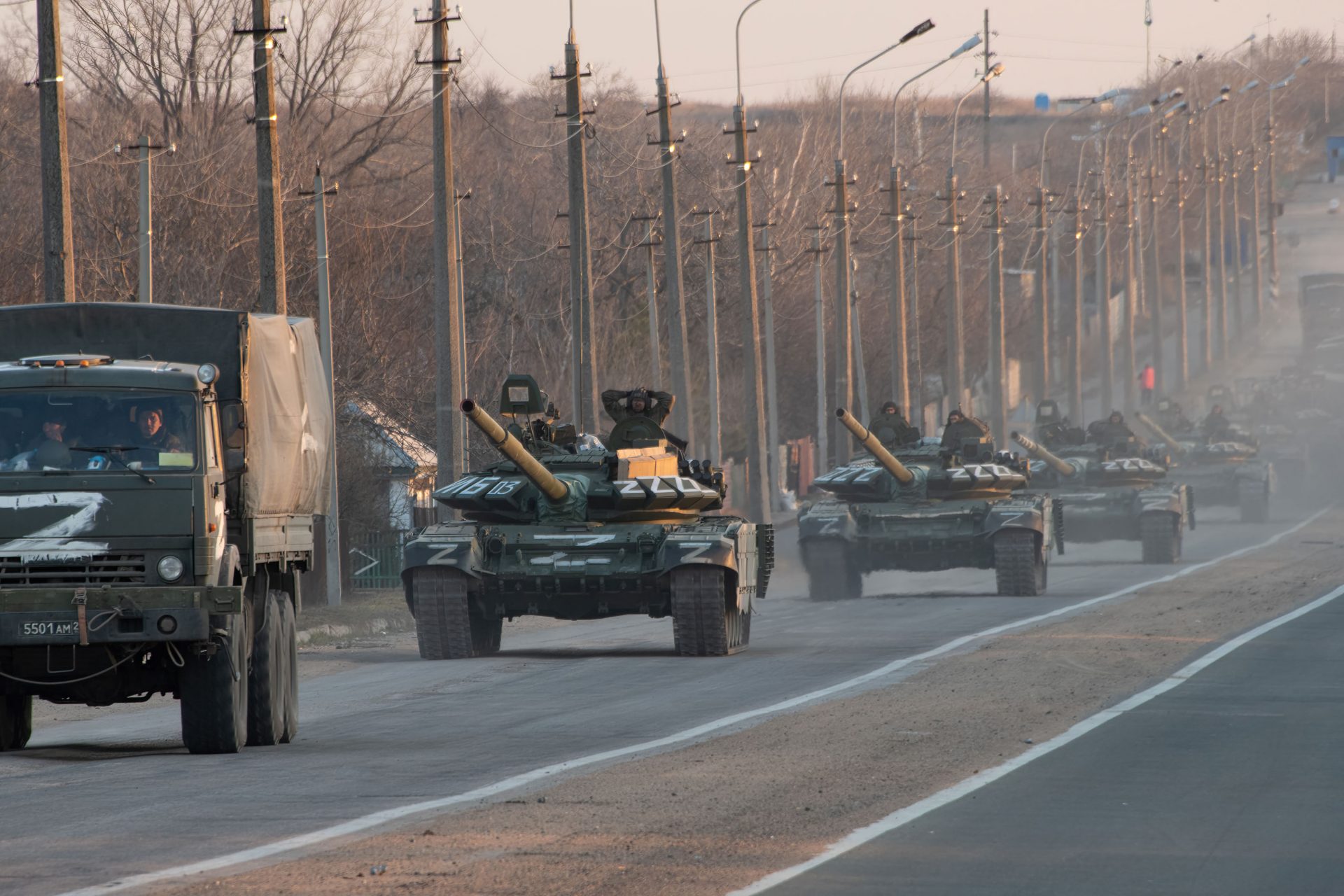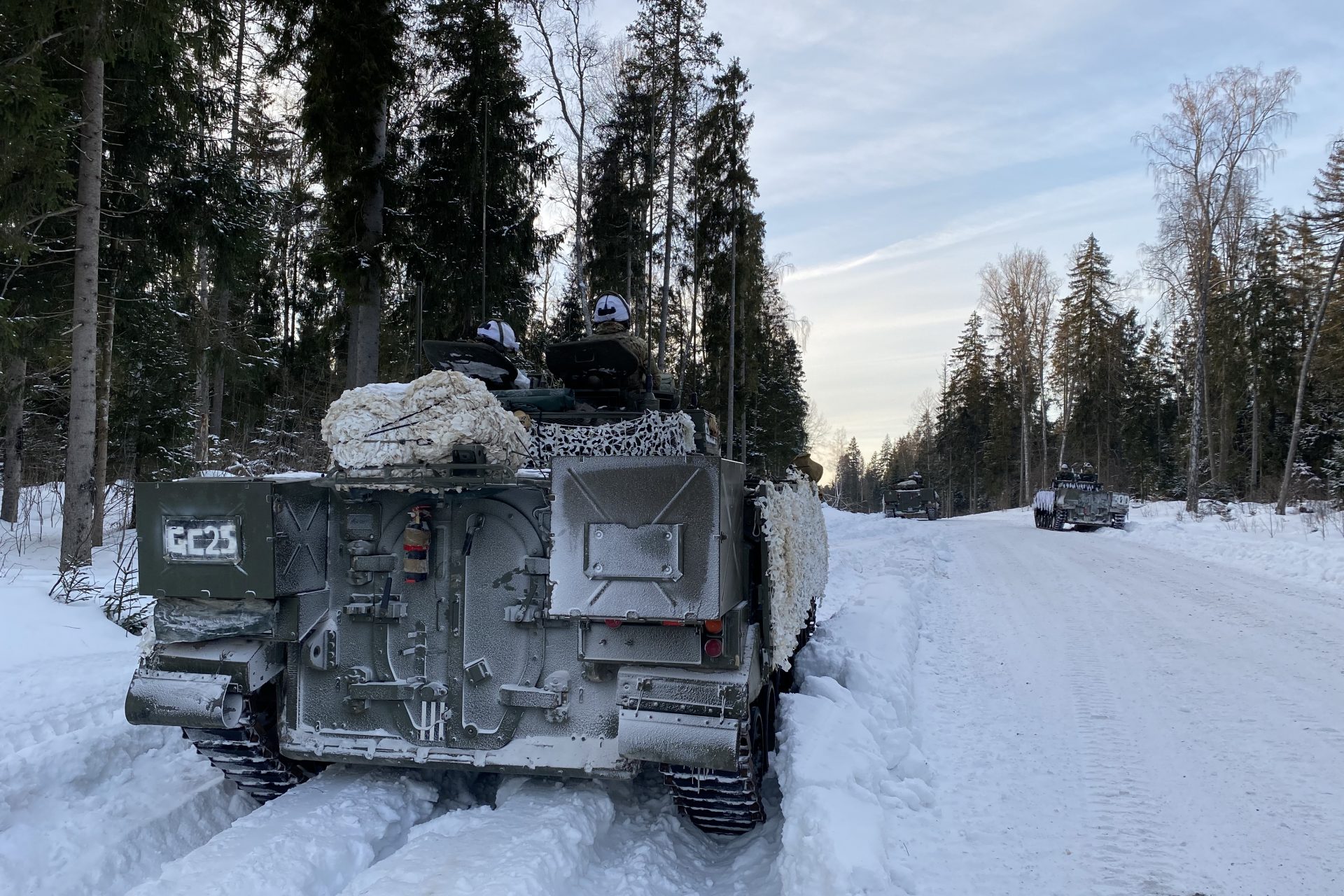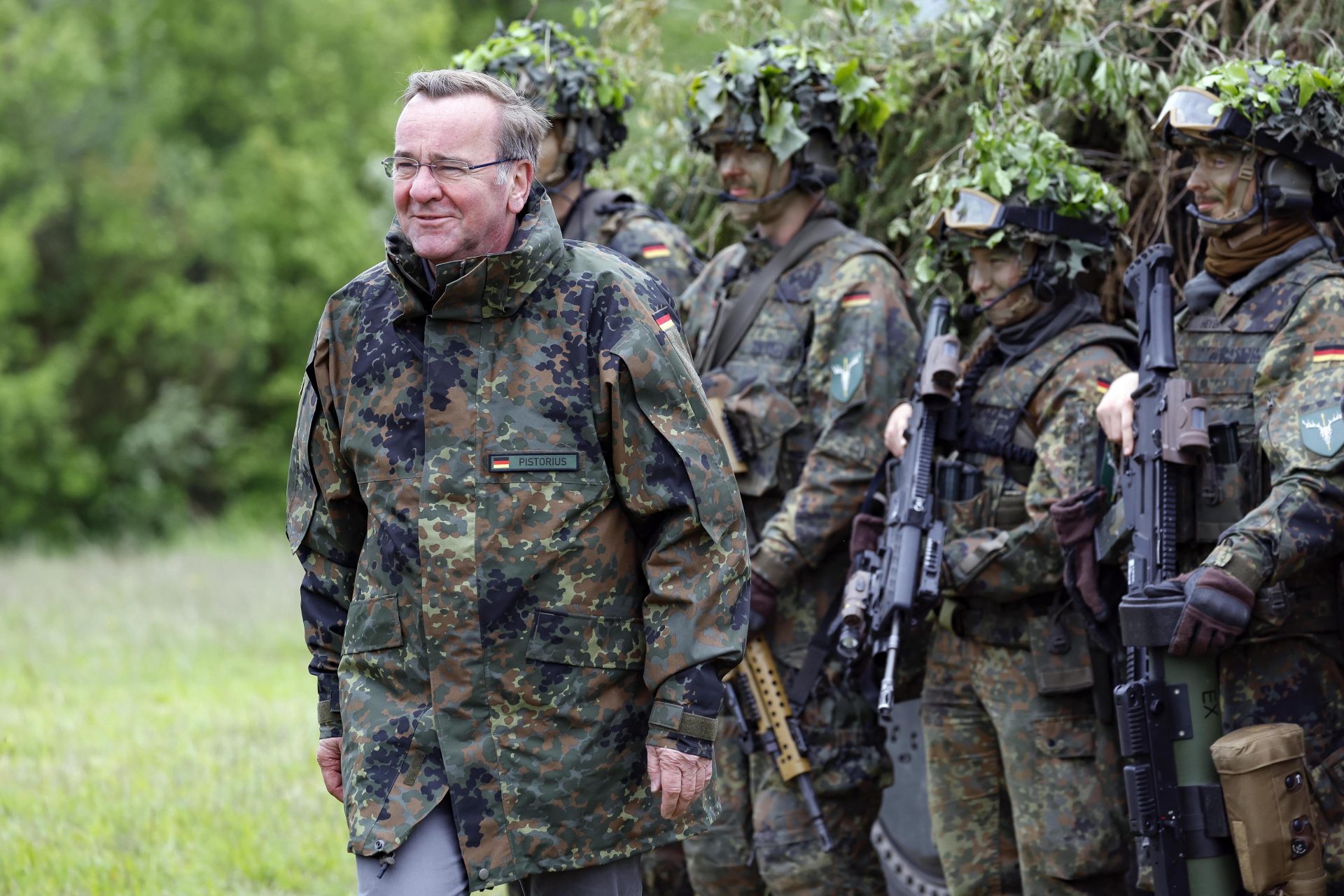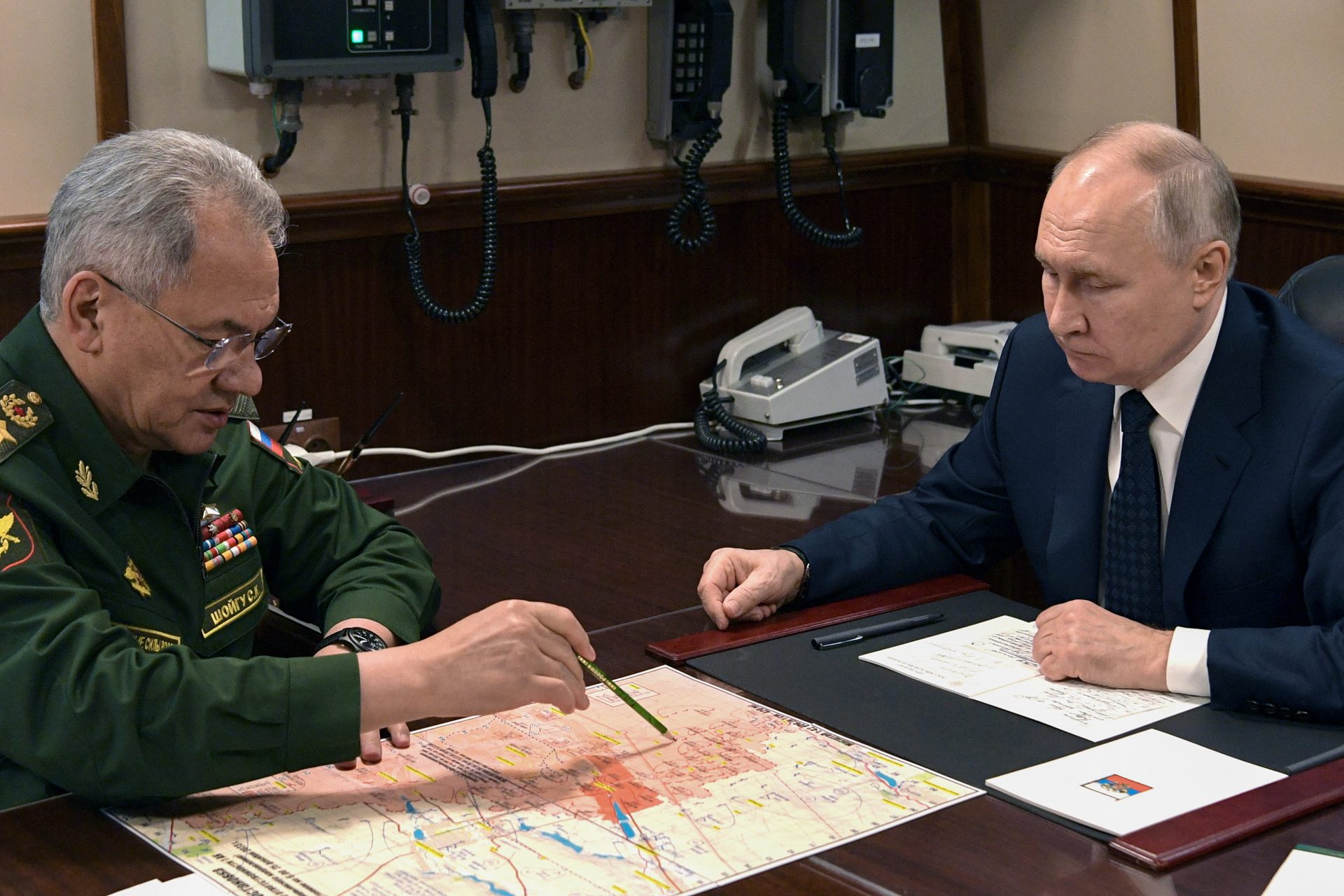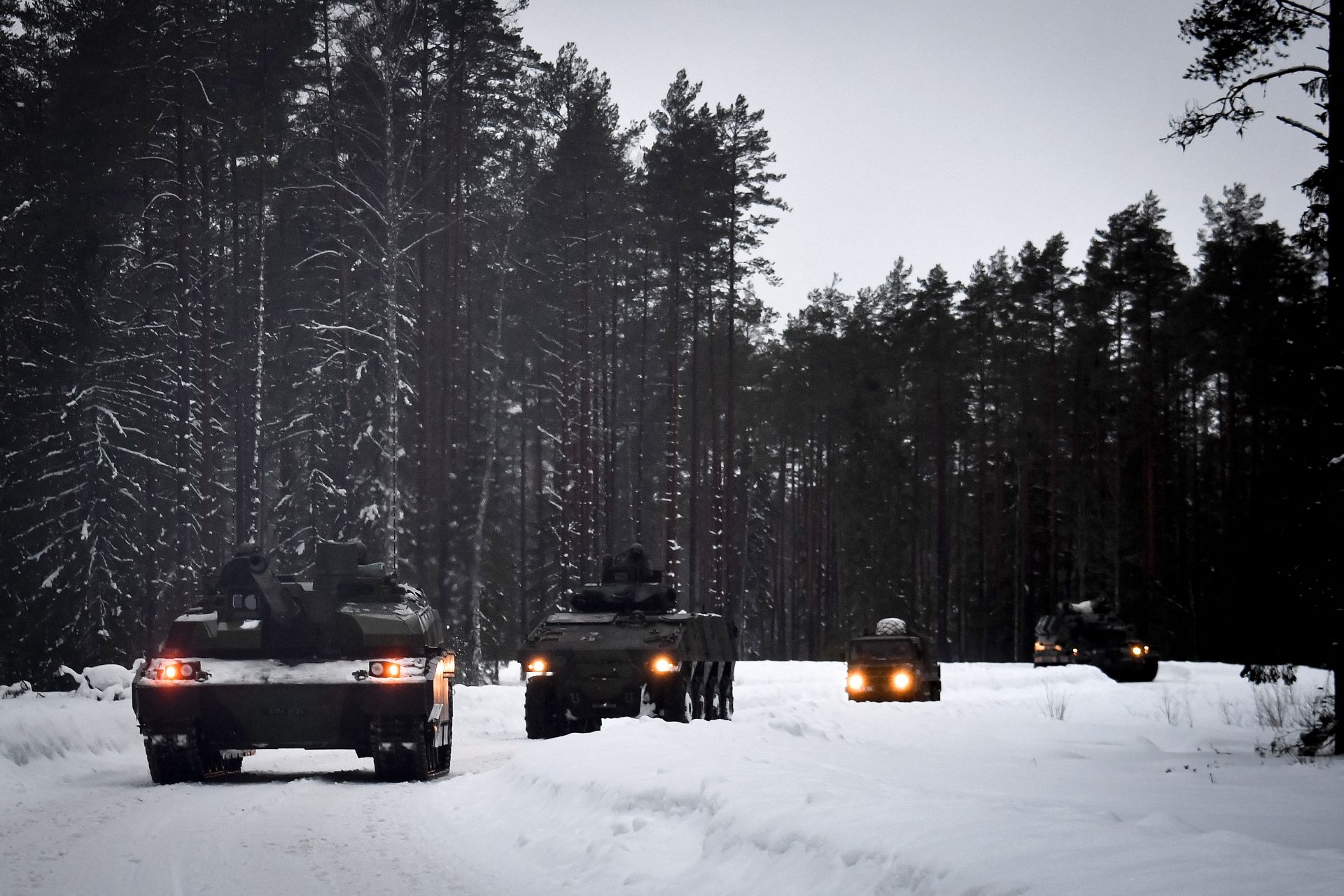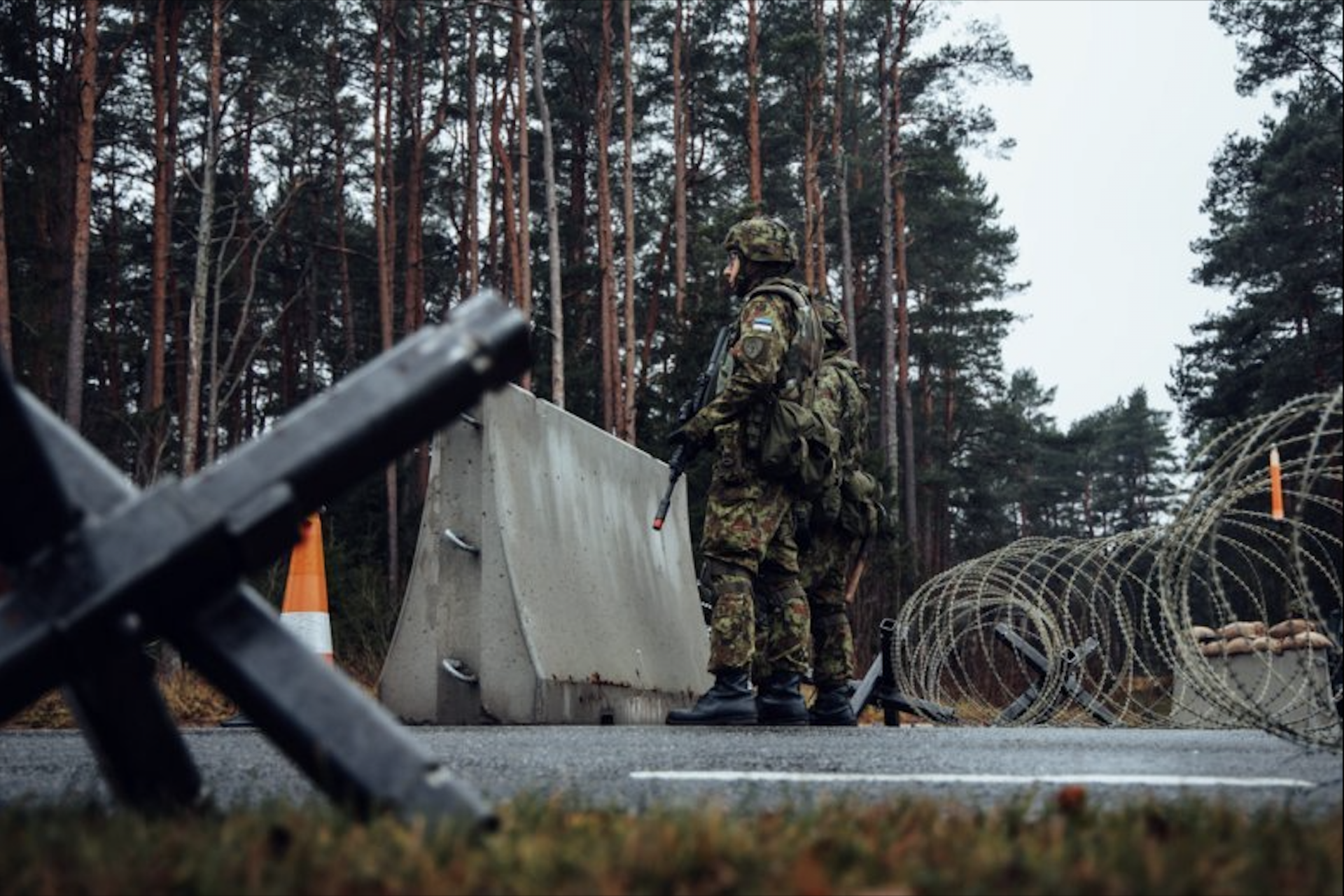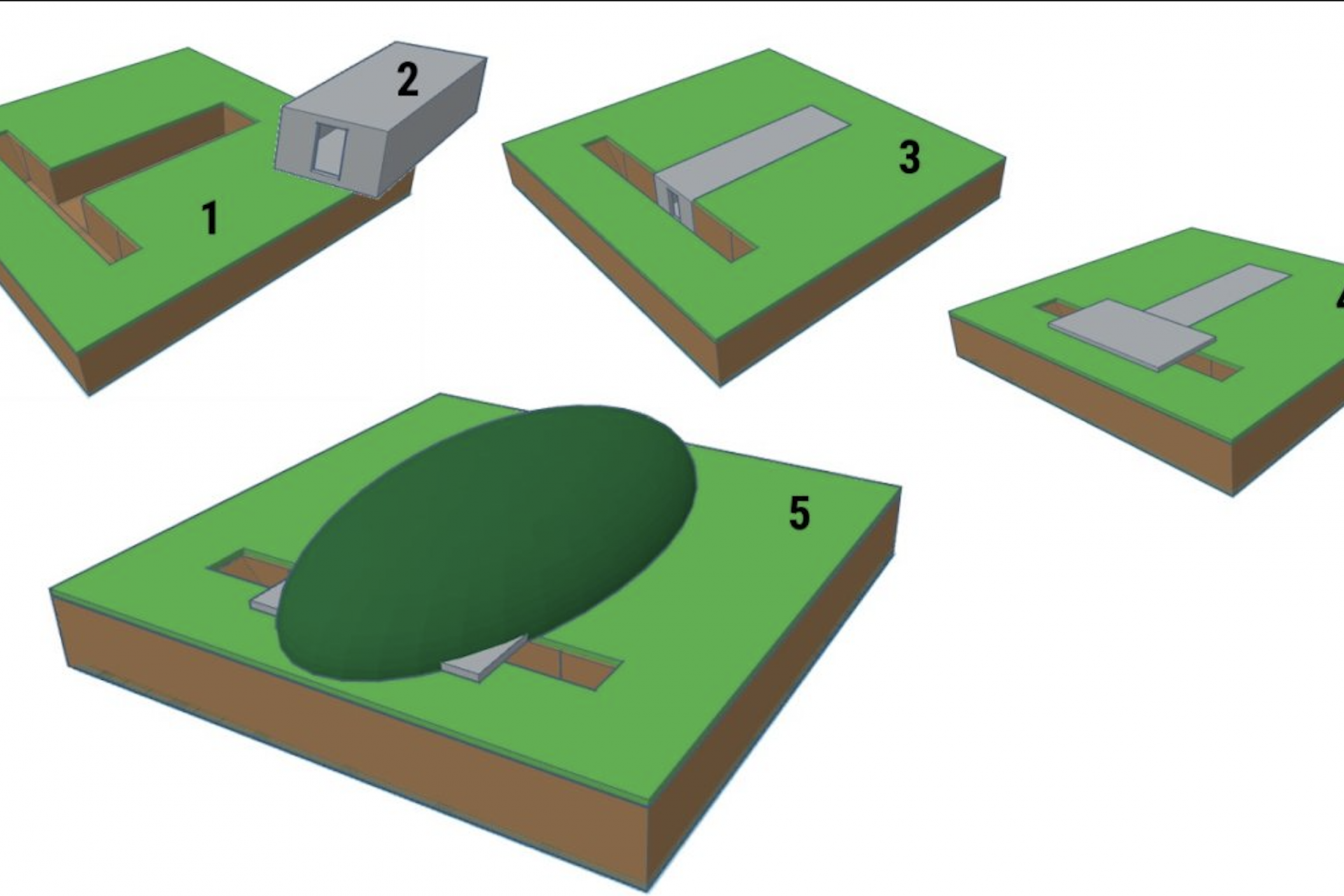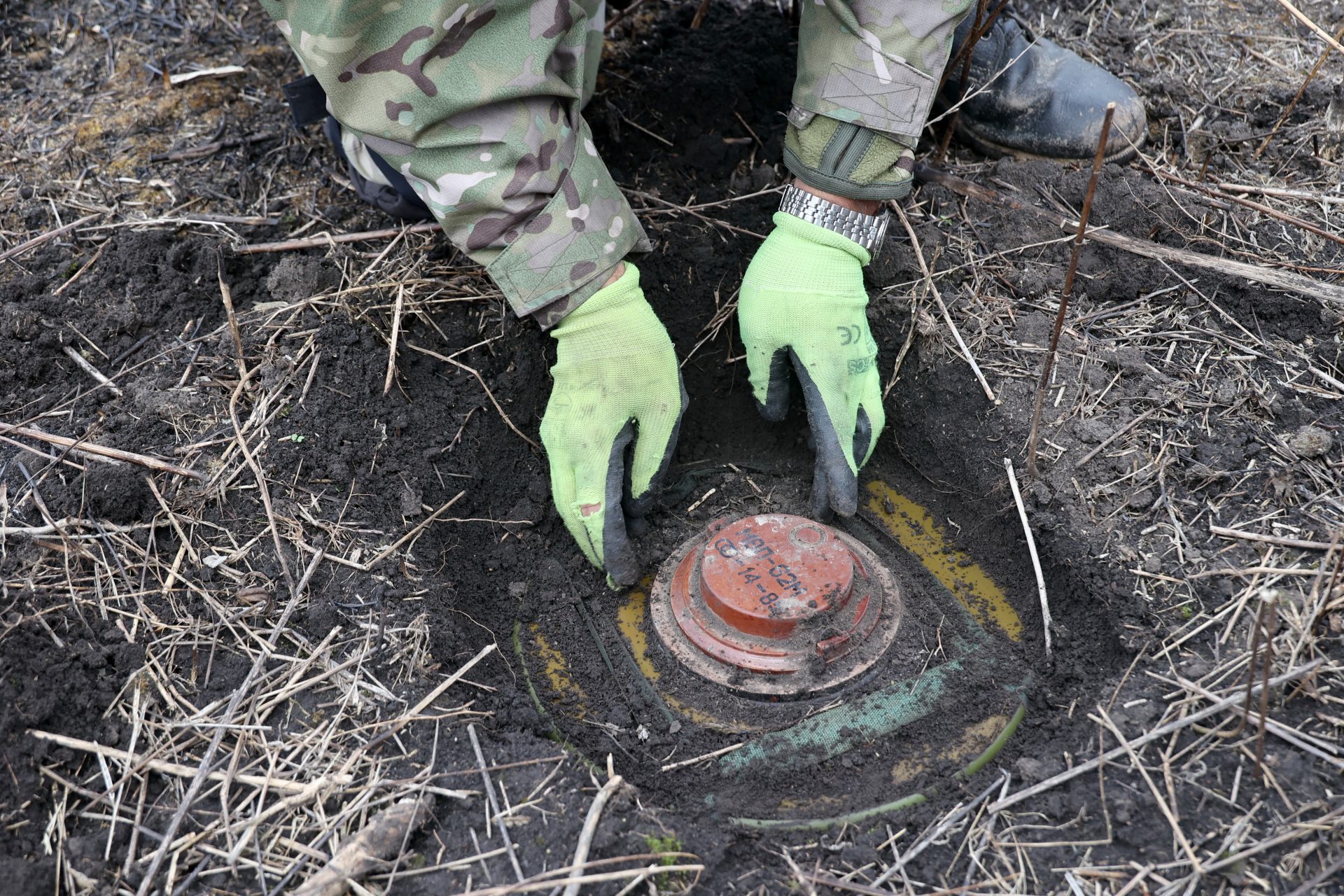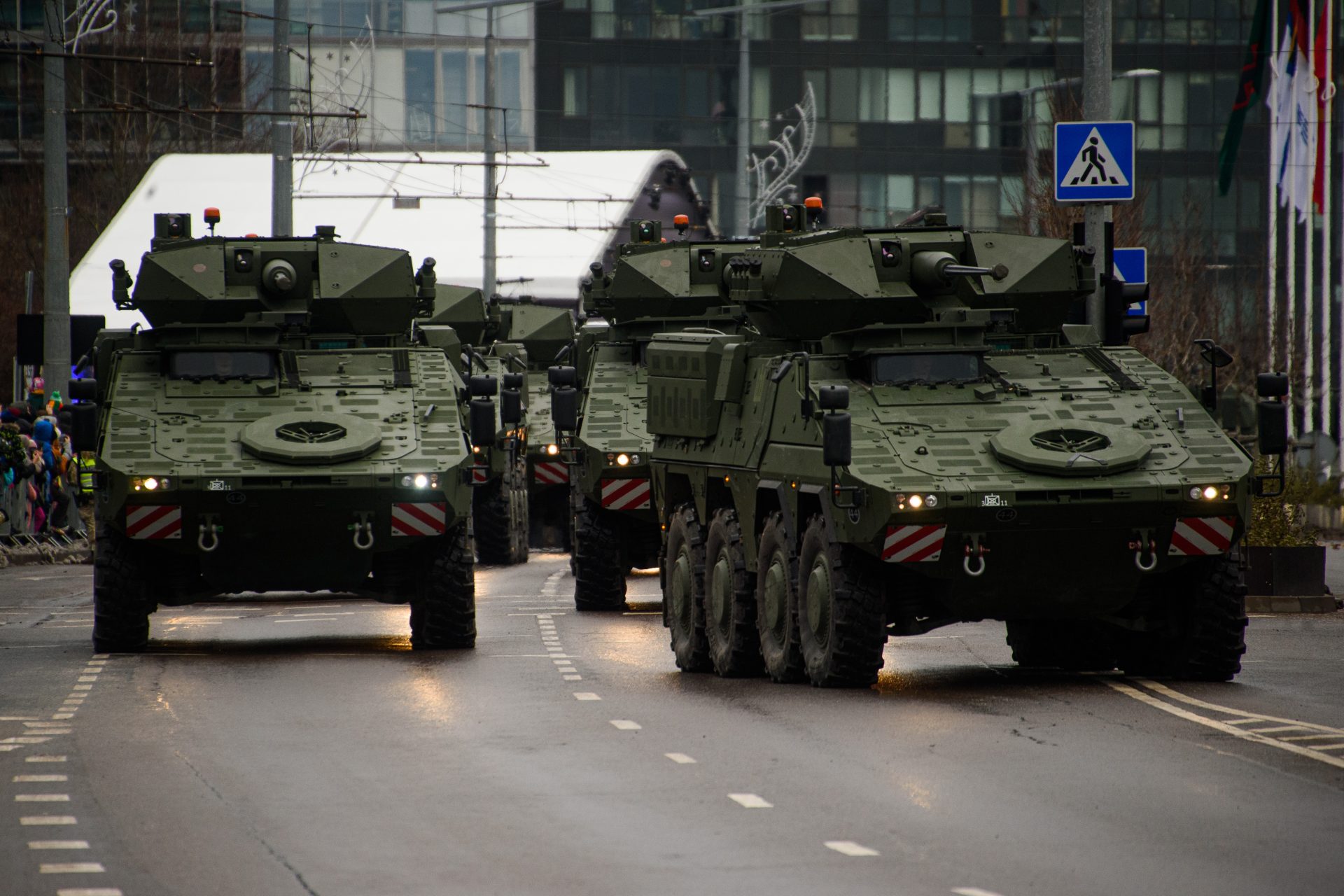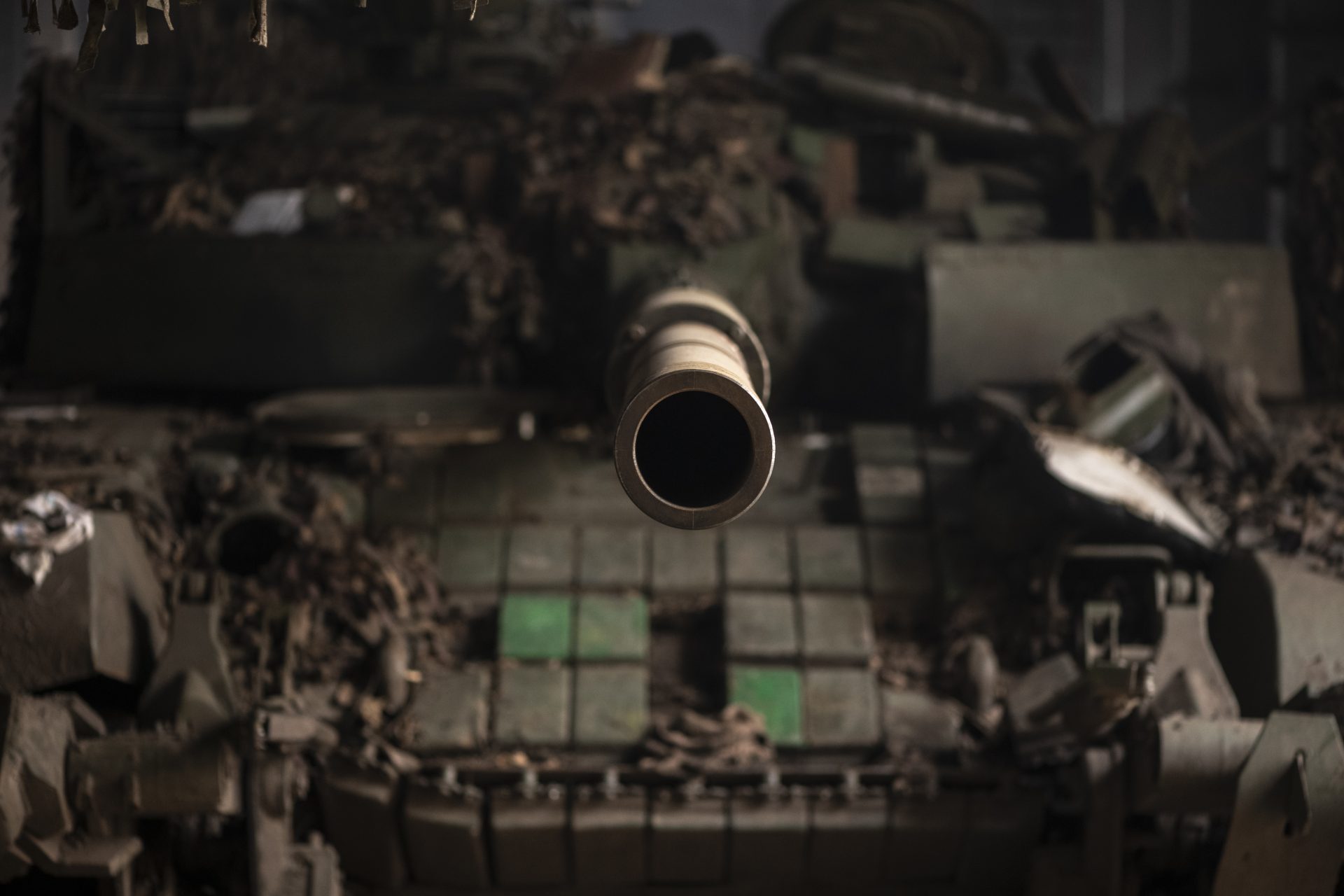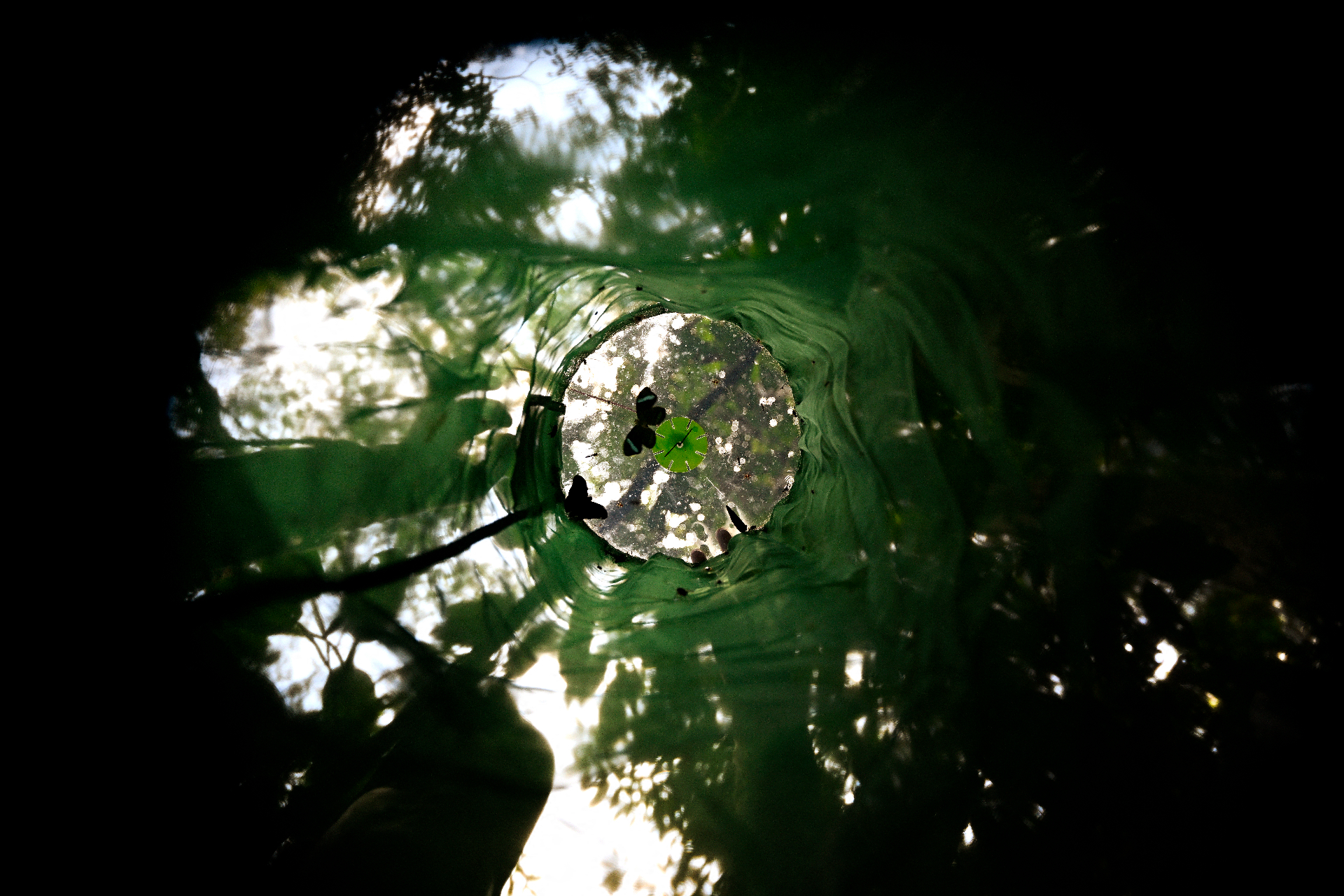Russia’s NATO border states are building a massive new defensive line against invasion
Estonia, Lithuania, and Latvia are building massive new fortifications along their borders with both Russia and Belarus in order to create a common defense line against possible future invasions by Moscow or its allies in Minsk.
The Baltic Defense Line as the project has come to be known was an important piece of a new agreement struck between the three nations aimed at reinforcing NATO’s borders with Russia, and the defense will only get tougher.
Photo Credit: Twitter @MoD_Estonia
Latvian Defense Minister Andris Sprūds noted in a statement about the new agreement that he and the defense ministers of Estonia and Lithuania approved the new defensive fortifications to protect each nation at a broader level.
Photo Credit: Wiki Commons By Saeima, CC BY-SA 2.0
“From a military perspective, this initiative will significantly boost our capability to protect our borders at the national level,” Sprūds explained. “We will be able to slow down and block the movement of potential aggressors more efficiently.”
The project is a joint effort between all three of the Baltic states but it was also adopted to help reinforce NATO’s eastern border with Russia at a time when relations are getting worse and the possibility of an attack is being openly discussed.
German Defense Minister Boris Pistoriu said in January 2024 that Moscow could launch an attack against NATO as soon as five to eight years according to Politico. But Pistoriu isn’t the only Western official warning about a potential attack.
On February 9th, Danish Defense Minister Minister Troels Lund Poulsen told the media that a Russian attack against NATO in the next three to five “to test Article 5 and NATO's solidarity” could not be ruled out according to a Reuters report.
The Baltic states would be the likely first stop for any future Russian attack since all of the nations share a direct border with Russia and its close ally Belarus, which may be why Estonian intelligence has warned about war within the decade.
"Russia has chosen a path which is a long-term confrontation,” the Director General of the Estonian Foreign Intelligence Service Kaupo Rosin told reporters according to Newsweek. “The Kremlin is probably anticipating a possible conflict with NATO within the next decade.”
Photo Credit: Twitter @kaupo_rosin
With many Western officials warning about a possible future conflict with Russia, it makes sense that Estonia, Latvia, and Lithuania have come together to build a brand new line of formidable transnational defensive fortifications.
Estonia is planning to construct at least 600 bunkers, which will cost the country roughly $65 million according to the country’s state broadcaster ERR News. However, this new defensive line will consist of much more than just defensive bunkers.
Photo Credit: Estonian Defence Ministry
The Times of London reported the core element will include 1000 bunkers but also new ammunition stores and support points plus measures designed to hold up any advance by an invading army trying to quickly conquer the nations.
Photo Credit: Estonian Defence Ministry
Anti-tank mines, ditches, concertina wire, and dragon teeth will be placed all across the defensive border area to slow down military vehicles. “It includes all necessary means to fight against the enemy,” said Estonian Lieutenant Colonel Kaido Tiitus.
“This is protection, this is positions, this is fire against the enemy," Tiitus went on to say. “This is counter-mobility against the enemy.” The Estonia Lieutenant Colonel’s comments hit at the heart of the issue and why the Baltic states are developing a new defense line.
Lukas Milevski is a research fellow at the Foreign Policy Research Institute and wrote in a February 2nd article for the Philadelphia-based think tank that the Baltic States chose to build the Baltic Defense Line based on their strategic thinking of the issue.
Photo Credit: Latvian Ministry of Defense
Milevski argued that Baltic policymakers “believe that they cannot give up ground, which means recognizing that they need to be prepared to contest a Russian invasion from the first moments following the violation of Baltic borders."
More for you
Top Stories




